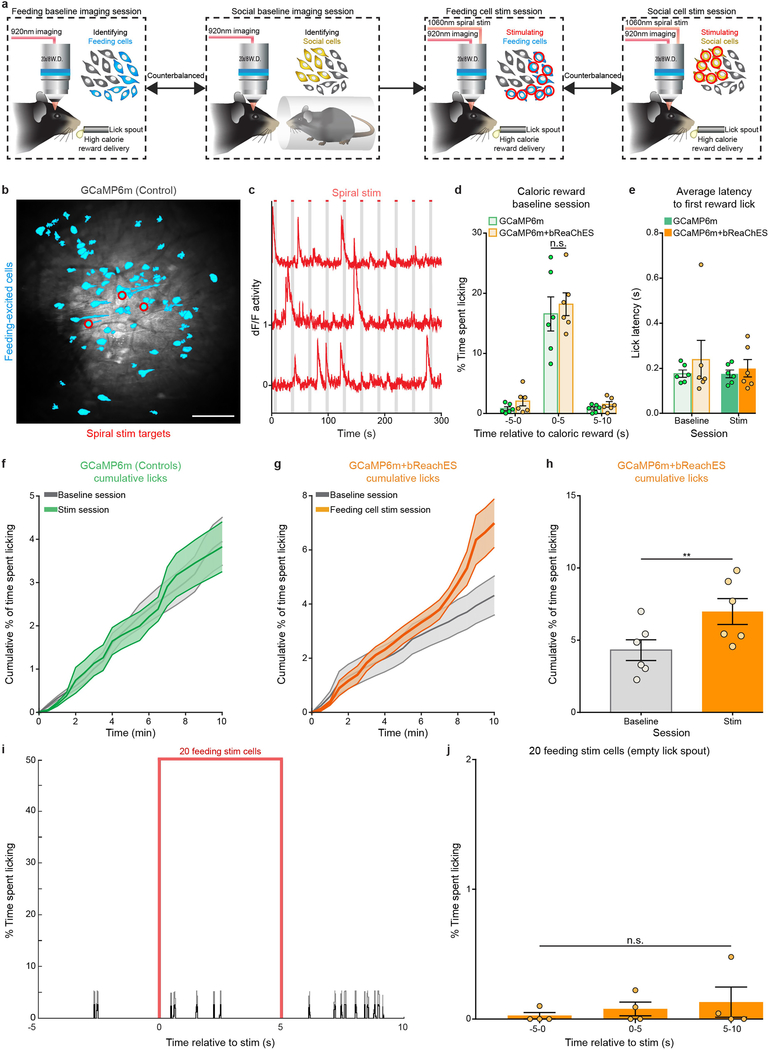Extended Data Fig. 3 |. Single-cell optogenetic stimulation of feedingexcited neurons.
a, Schematic outlining the experiment sequence for identification and stimulation of feeding- or social-excited cells. b, Cell masks of identified feeding-excited neurons (cyan) and spiral-stimulation targets (red) from a GCaMP6m (control) mouse. Image from a representative mouse; the experiment was repeated in n = 6 mice with similar results. Scale bar, 100 μm. c, Spiral stimulation of feeding-excited neurons in a GCaMP6m mouse did not produce time-locked optogenetic-evoked responses. d, During a caloric-reward baseline session (no stimulation), GCaMP6m + bReaChES and GCaMP6m mice did not exhibit a significant difference in licking. n = 6 mice per group, interaction F2,30 = 0.05, P = 0.95, two-way ANOVA followed by Bonferroni post hoc comparisons. e, Spiral stimulation of feeding-excited neurons did not significantly alter the latency to first lick following each caloric-reward delivery in GCaMP6m + bReaChES and GCaMP6m mice. n = 6 mice per group, interaction F1,20 = 0.15, P = 0.69, two-way ANOVA followed by Bonferroni post hoc comparisons. f, g, Average cumulative lick rate (30-s bins) across 10-min baseline and feeding-cell stimulation sessions in GCaMP6m (f) and GCaMP6m + bReaChES mice (g; n = 6 mice per group). h, GCaMP6m + bReaChES mice display increased cumulative licking across the entire feeding-cell stimulation session when compared to the baseline session. n = 20 feeding-stimulated cells per mouse, n = 6 mice, t5 = 8.250, P = 0.0004, two-sided paired t-test. i, Average lick rate from an example GCaMP6m + bReaChES animal during a feeding-cell stimulation session when the lick spout was empty (no caloric rewards; 10-min session; n = 20 feeding-stimulated cells). j, Stimulation of feeding-responsive cells in GCaMP6m + bReaChES mice did not alter licking for an empty lick spout (no caloric rewards; n = 4 mice, F2,6 = 1.19, P = 0.37, one-way ANOVA with repeated measures). **P < 0.001; n.s., nonsignificant (P > 0.05).

